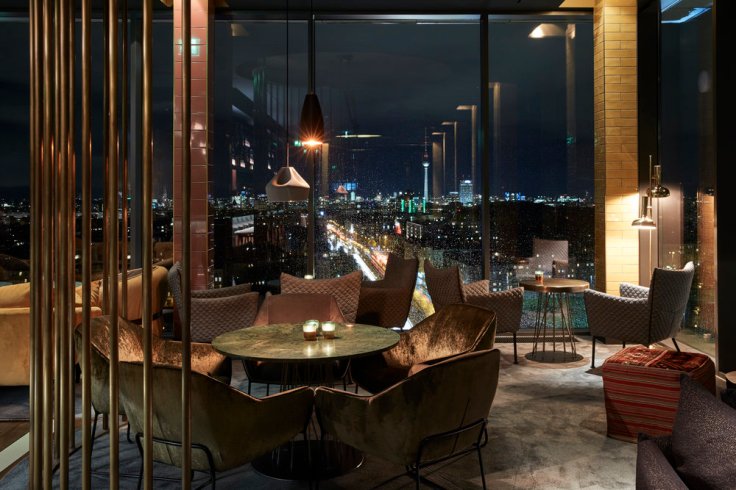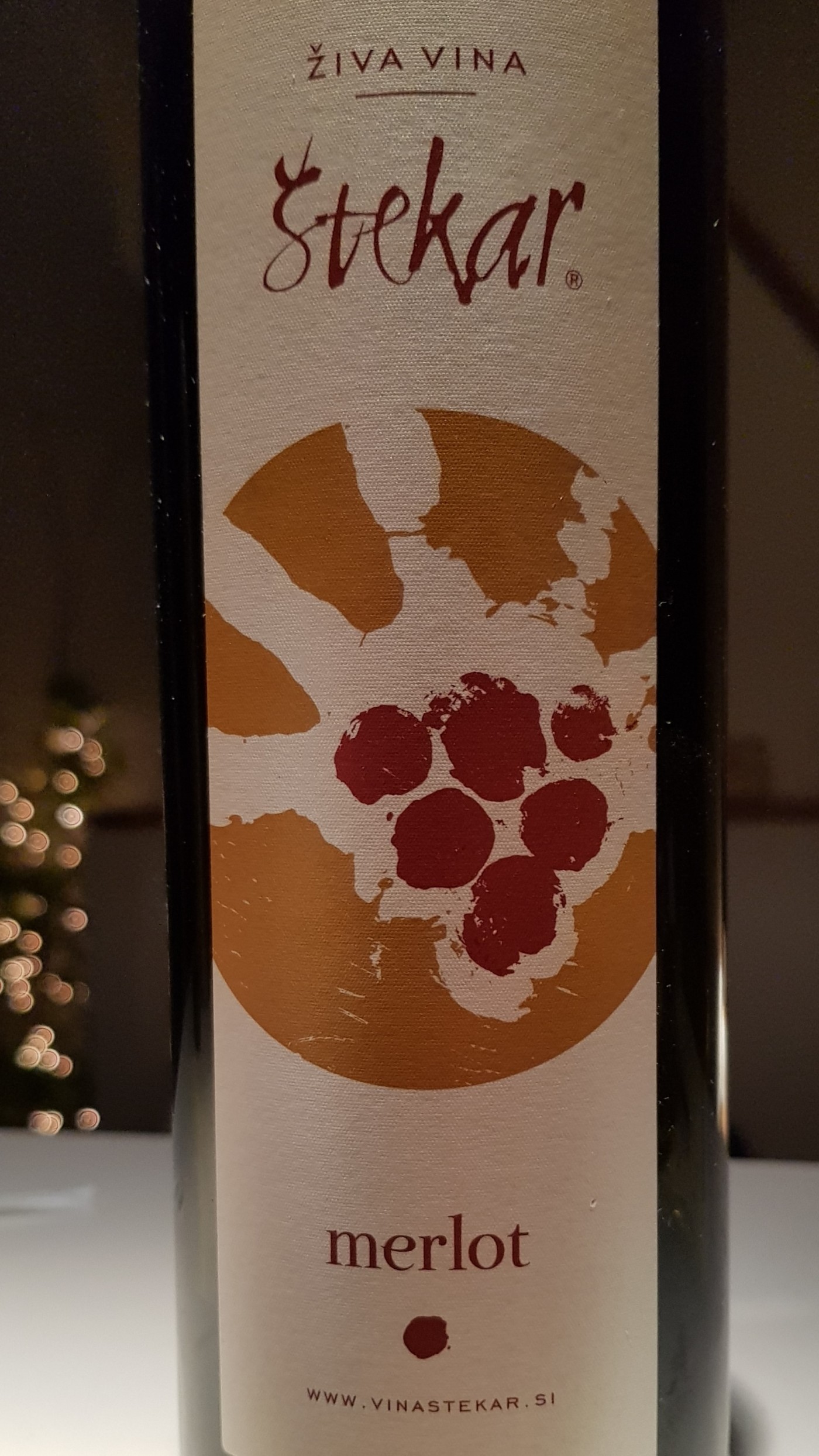Weissburgunder, Johannes Peters, 2016, White-wine from Germany
6.5 points
Recently, I opened a 2016 Pinot Blanc (Weissburgunder) by Johannes Peters and was extremely pleased and surprised. What a good wine! At the beginning of my writing on this blog, I described in more detail about the wine regions on the lower Saar and also about the winemaker Johannes Peters Peters, Scharzhofberger, Riesling, Spätlese, 2007, who stands in the shadow of some more “famous” and larger wineries, but has a parcel on the world famous Scharzhofberg, where he harvests a noble Riesling every year. 2016, so not so young for a so-called “quality wine” and still it comes with a refined freshness. Age does well to the wine, you might think that the wine has only just reached its peak. In addition to the surprising freshness, which is not to be confused with sour, the wine is delicate and overall pleasantly soft. A wonderful Burgundian from the Saar, for this quality, fabulously inexpensive and very much recommended, if you do not want a Riesling to your asparagus. It also goes well with roast pork or just on the side.













